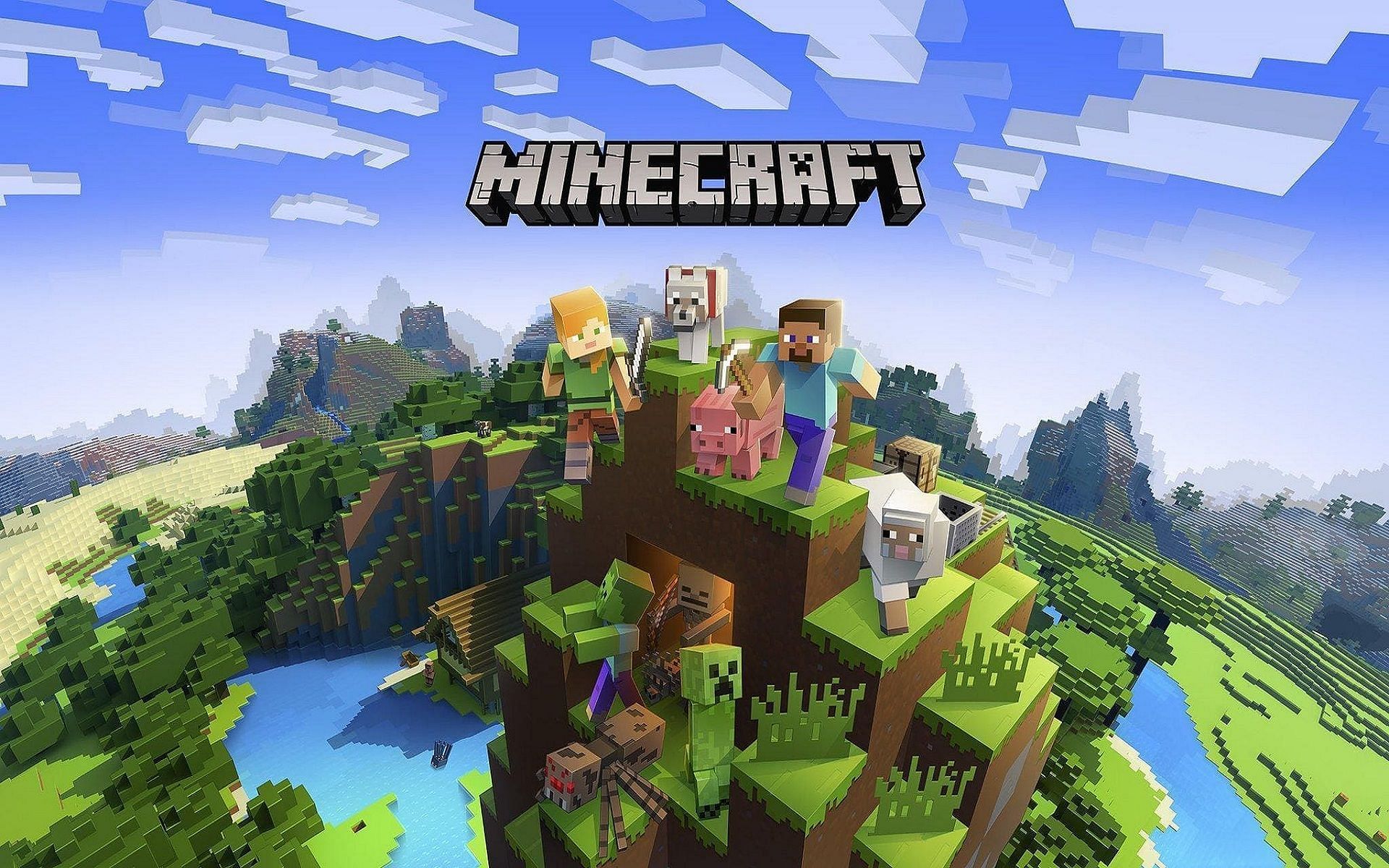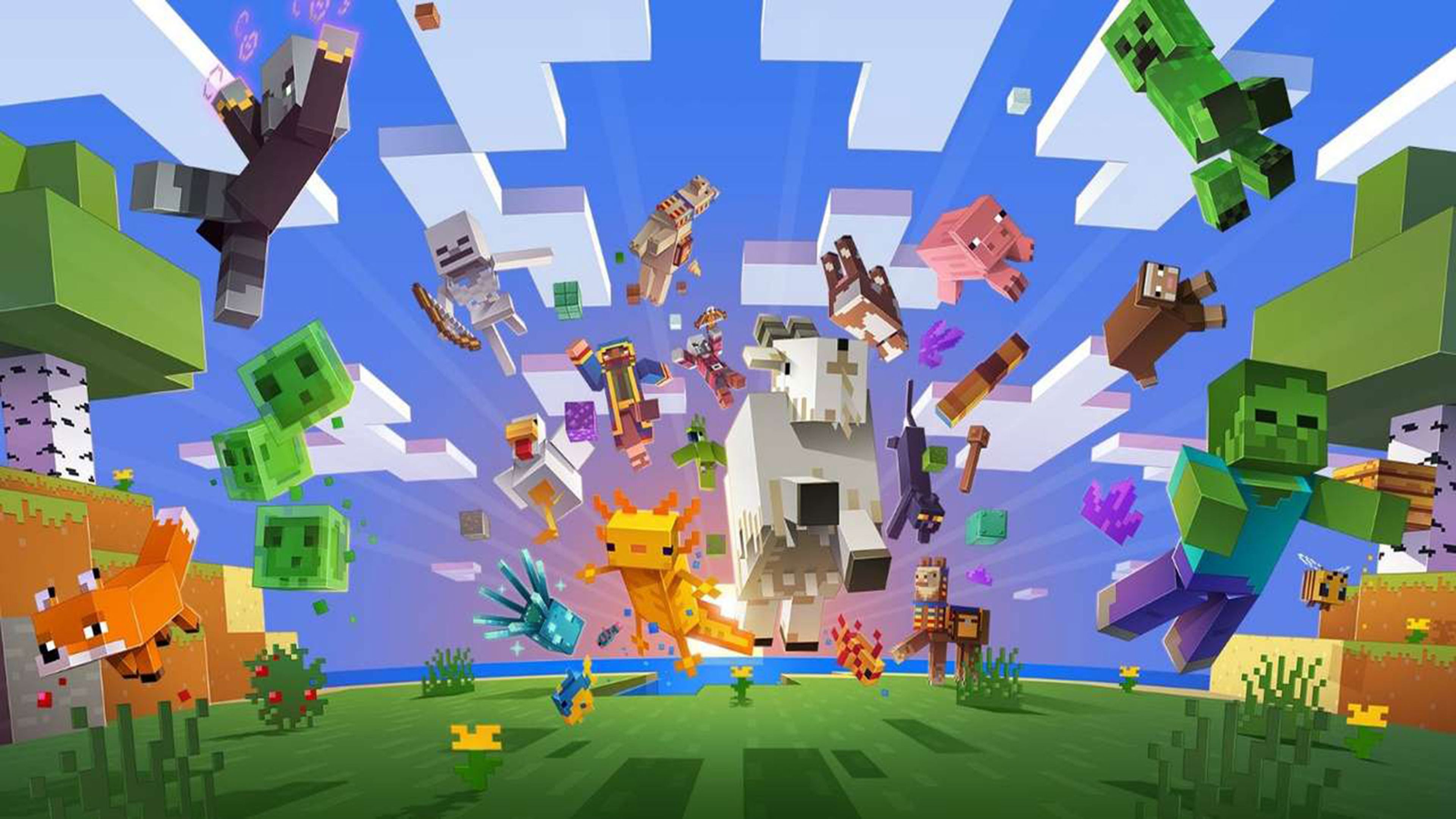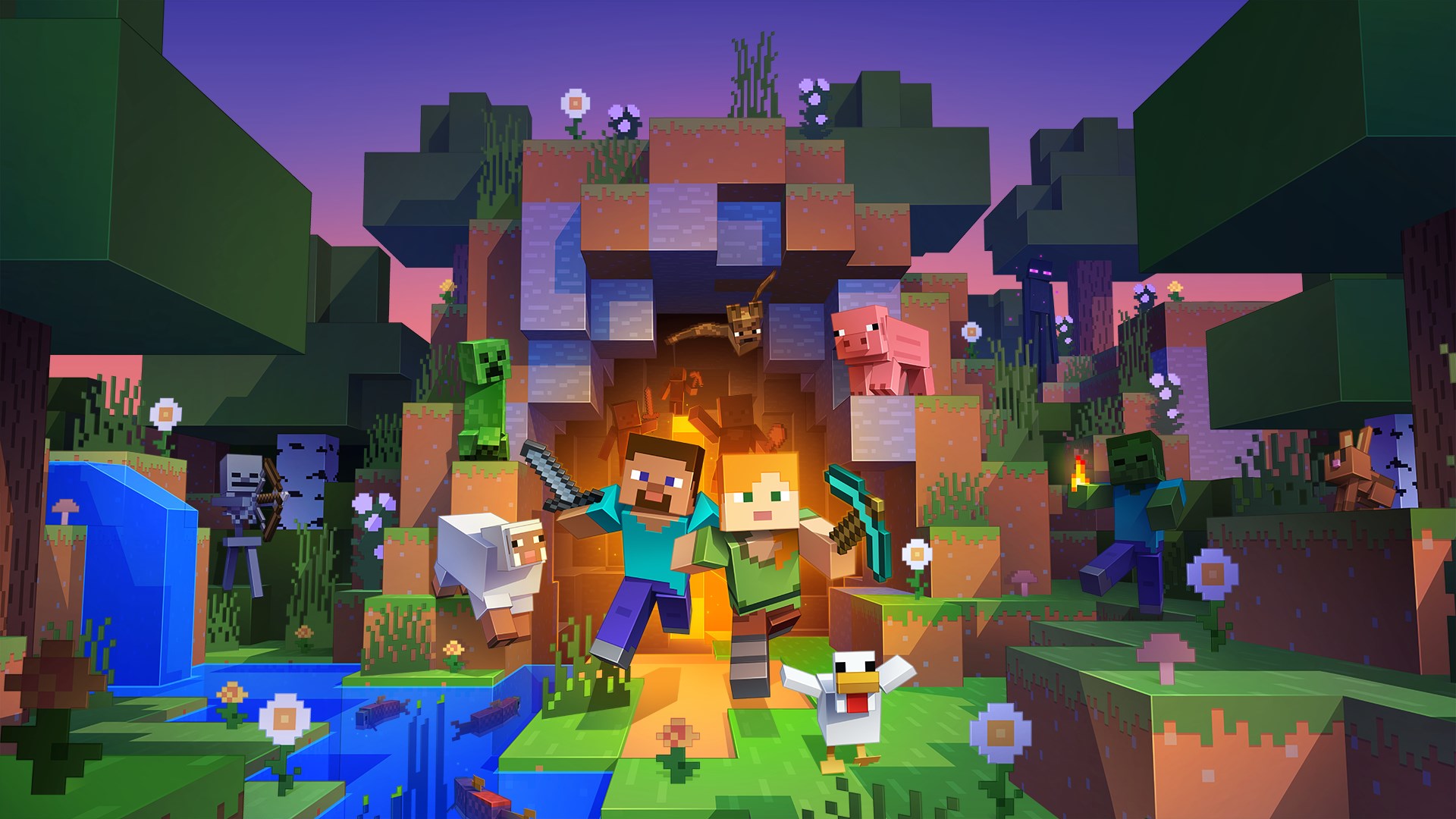Explore the charming simplicity of Minecraft’s (2009) original icons and banners. Discover their design, crafting history, and how they shaped a global gaming phenomenon. Dive deep into a world of nostalgia and creativity!
Introduction
Minecraft (2009) – a name synonymous with boundless creativity and pixelated adventures. But beyond the sprawling landscapes and towering structures lies a hidden language – a visual lexicon of icons and banners that defined the game’s early days. In this deep dive, we’ll delve into the captivating world of these blocky beauties, exploring their design origins, crafting mechanics, and the vibrant community they fostered.
The Birth of Minecraft’s Icons
Imagine a time before sleek textures and high-resolution graphics. In 2009, Minecraft’s world was a canvas painted with charmingly low-resolution sprites, each pixel meticulously placed to represent the tools, resources, and creatures that would become the building blocks of countless adventures. These early icons, though simple in design, were imbued with a surprising amount of detail. The pickaxe’s silhouette, for instance, subtly hinted at its two prongs, while the cobblestone block, with its rough texture, conveyed a sense of sturdiness.
How Icons Shaped Gameplay
These icons weren’t merely decorative; they were an integral part of the gameplay experience. Within the limited inventory space, each icon served as a visual shorthand, allowing players to quickly identify the tools and resources they needed to build, explore, and survive. The crafting table icon, for example, became a beacon of possibility, a gateway to an ever-expanding world of creations. As players progressed, unlocking new items and materials, the growing collection of icons on their inventory screen became a testament to their journey, a visual representation of their in-game achievements.
The Rise of Personalization
While icons served a functional purpose, banners offered a touch of personalization. Introduced in the Beta 1.5 update, these pixelated tapestries allowed players to express their creativity beyond the confines of their builds. From intricate pixel art designs to team logos and guild symbols, players could use wool to dye the banner’s six panels, crafting a visual identity that set them apart in the vast Minecraft landscape. Banners became a symbol of community, a way for players to declare their allegiance to a particular server or group. Town halls and guild halls proudly displayed these custom banners, fostering a sense of camaraderie and shared purpose.
The Art of the Craft
The design philosophy behind Minecraft’s (2009) icons and banners is a fascinating study in minimalism. With a limited color palette and a focus on clean lines and simple shapes, the developers managed to create instantly recognizable icons that conveyed a wealth of information. The pickaxe, for instance, with its diagonal lines, immediately suggests its functionality, while the diamond’s sparkling pixel evokes its precious nature. This emphasis on simplicity not only made the icons visually appealing but also ensured they were easily scalable and readable on even the most basic of monitors.
The Power of Player-Made Banners
The beauty of Minecraft’s banner system lay in its accessibility. Unlike complex crafting recipes, creating a banner required only basic resources and a dash of creativity. This democratization of design empowered players of all skill levels to express themselves. From pixel art veterans crafting intricate portraits to young players proudly displaying their first attempts at geometric patterns, banners became a vibrant canvas for self-expression within the Minecraft community. Online forums and social media platforms buzzed with banner design tutorials and challenges, further fostering a sense of community and shared creativity.
How Icons and Banners Adapted Over Time
As Minecraft evolved, so too did its visual language. With the introduction of higher-resolution textures and more detailed models, the pixelated charm of the early icons began to give way to a more polished aesthetic. However, the core principles of clarity and functionality remained. The pickaxe icon, for instance, retained its diagonal lines while gaining a more three-dimensional appearance. Similarly, the banner system, though receiving updates that expanded its color palette and design options, never strayed from its core focus on player-driven creativity.

The Legacy of Minecraft’s Early Icons and Banners
Today, with Minecraft boasting a rich visual landscape and a plethora of customization options, the early icons and banners might seem quaint. However, their legacy endures. They represent a time when the game was still in its formative stages, a period of boundless creativity and community spirit. These simple pixelated icons and banners were the building blocks upon which a global phenomenon was built. They fostered a sense of ownership and pride among.
The Language of Icons and Banners in Multiplayer
The impact of Minecraft’s (2009) icons and banners transcended the individual player experience. In the vibrant world of multiplayer servers, these visual elements became a powerful language of communication and collaboration. Server admins utilized banners to establish server rules and guidelines. A crossed-out sword banner might signify a PvP-free zone, while a pickaxe banner could mark designated mining areas. Factions and guilds within servers adopted custom banners, fostering a sense of team spirit and friendly competition. Banners became rallying points, displayed proudly before embarking on group adventures or decorating communal builds.
Beacons of Identity on Servers
Beyond establishing server rules and fostering team spirit, banners served another crucial purpose in the multiplayer landscape – building trust. In a world where griefing and player theft were potential threats, a custom banner displayed on a player’s house or chest became a symbol of ownership. It signified the time and effort invested in building and signaled a request for respect from other players. Recognizing another player’s banner became a way to acknowledge their presence and contribution to the server community.
The Enduring Appeal of Classic Icons
Even as Minecraft’s graphics evolved, the charm of the early icons held a special place in the hearts of many players. Resource packs emerged, allowing players to customize the look and feel of their game. A wave of nostalgia swept through the community, with many opting for resource packs that recreated the classic, pixelated icons. This trend underscored the emotional connection players forged with these early visual elements, a testament to the enduring power of simplicity and minimalism in game design.
The Impact on Minecraft’s Future
The influence of Minecraft’s (2009) icons and banners can be seen in the game’s continued evolution. The emphasis on clear, functional icons and player-driven creativity with banners remains a core design principle. New features and items are consistently introduced, each accompanied by a unique and easily recognizable icon. The banner system, though expanded upon, retains its core functionality, allowing players to express their creativity and forge visual identities within the game world.
The Cultural Impact of Icons and Banners
The impact of Minecraft’s (2009) icons and banners extends beyond the game itself. They have become cultural touchstones, instantly recognizable symbols of a generation that grew up exploring pixelated worlds. These icons and banners have found their way onto merchandise, appearing on t-shirts, mugs, and even toys. Online communities dedicated to pixel art and banner design continue to thrive, a testament to the enduring creativity sparked by these early design choices.
A Celebration of Minecraft’s Early Art Style
The charm of Minecraft’s (2009) icons and banners lies in their simplicity and effectiveness. They are a masterclass in minimalist design, conveying a wealth of information with a limited palette and basic shapes. They perfectly embody the spirit of Minecraft itself – a game that empowers players to create anything they can imagine, using the most basic building blocks.
Exploring Minecraft Through Its Early Visuals
For many players, encountering these early icons and banners evokes a sense of nostalgia. They transport players back to a time of simpler graphics and boundless creativity. By exploring these visual elements, we gain a deeper appreciation for the game’s humble beginnings and the passionate community that helped it grow into the global phenomenon it is today.

How Minecraft Pioneered a New Visual Language
Minecraft’s (2009) approach to icons and banners was a breath of fresh air in the gaming world. It challenged the notion that complex graphics were necessary to create a captivating and immersive experience. Instead, it focused on clarity, functionality, and player empowerment. This innovative approach has undoubtedly influenced countless other games, paving the way for a new visual language that prioritizes simplicity and player creativity.
The Enduring Appeal of Minecraft’s Early Days
The allure of Minecraft’s (2009) aesthetics goes beyond mere nostalgia. The pixelated world and its charming icons represent a time when the game was a blank canvas, a playground of limitless possibilities. It was a time when players were not bombarded with high-fidelity graphics and intricate storylines, but rather empowered to define their own adventures through exploration and creation. This sense of freedom and creative agency remains a core part of Minecraft’s enduring appeal.
There’s still more to explore in the world of Minecraft (2009) game icons and banners! Stay tuned for the next part of this deep dive, where we’ll delve into the technical aspects of icon and banner creation, explore the vibrant community of pixel art enthusiasts, and uncover some hidden secrets within these blocky beauties.
